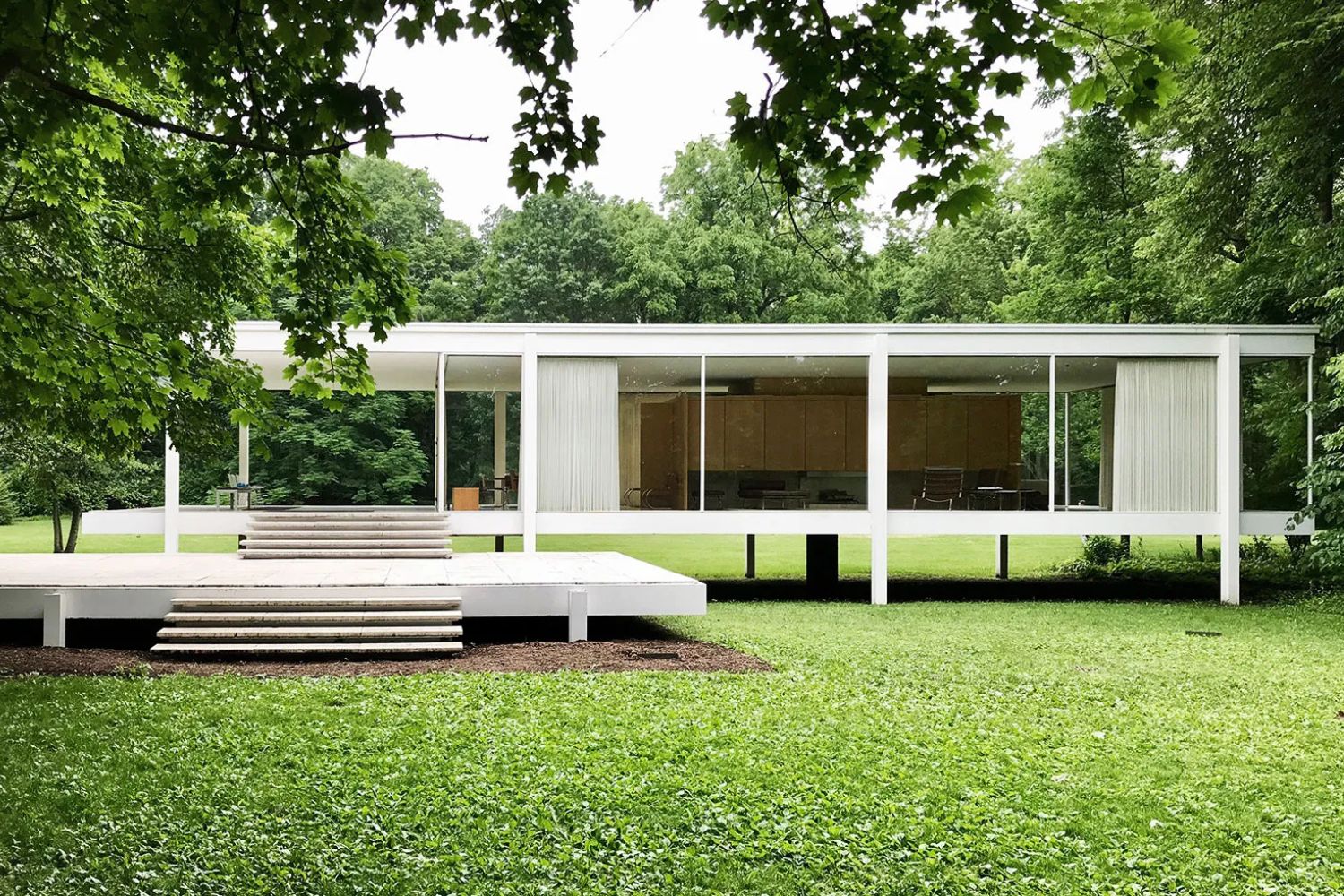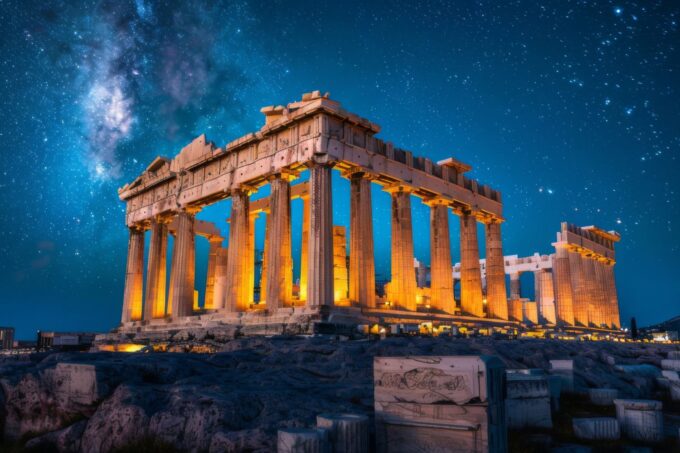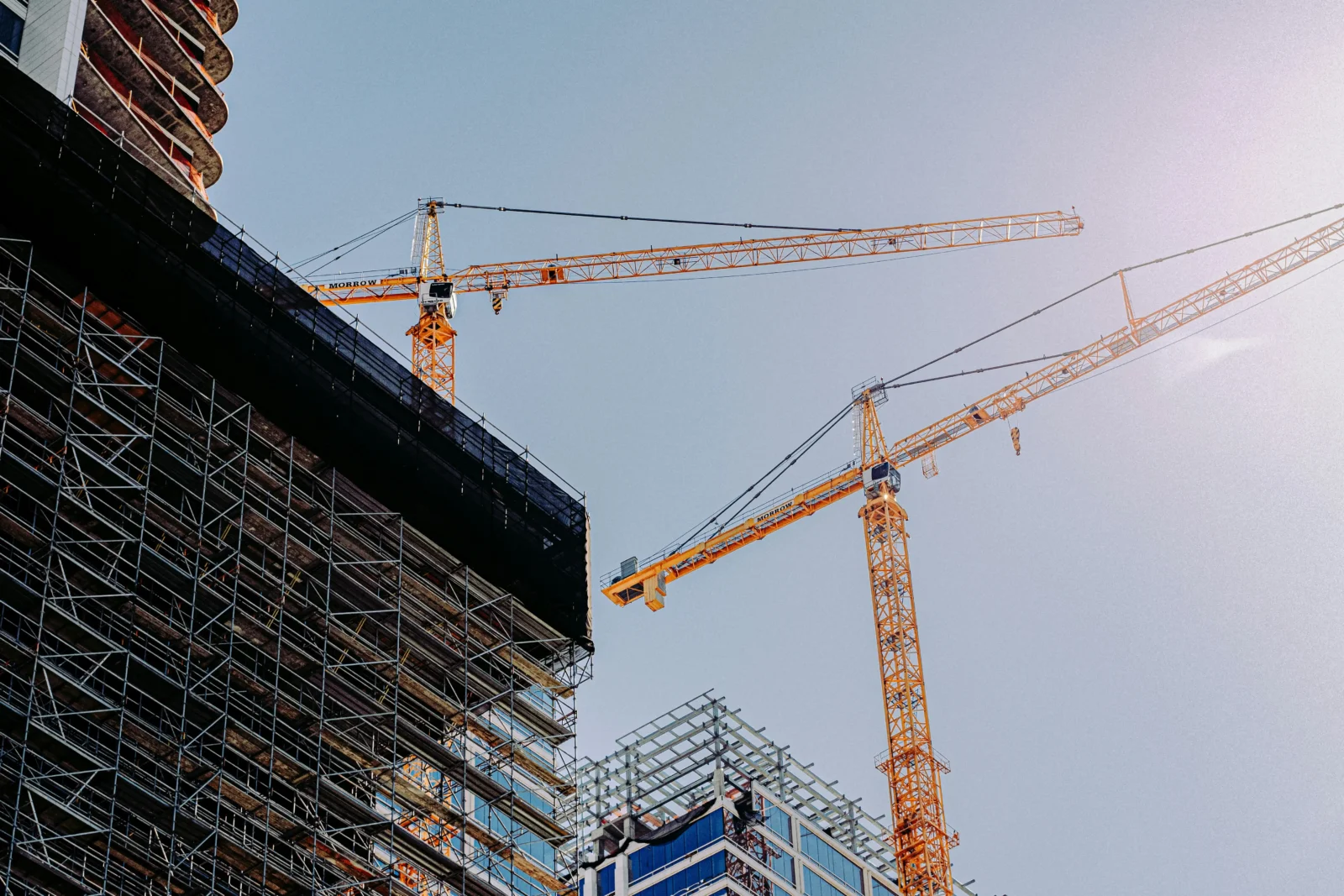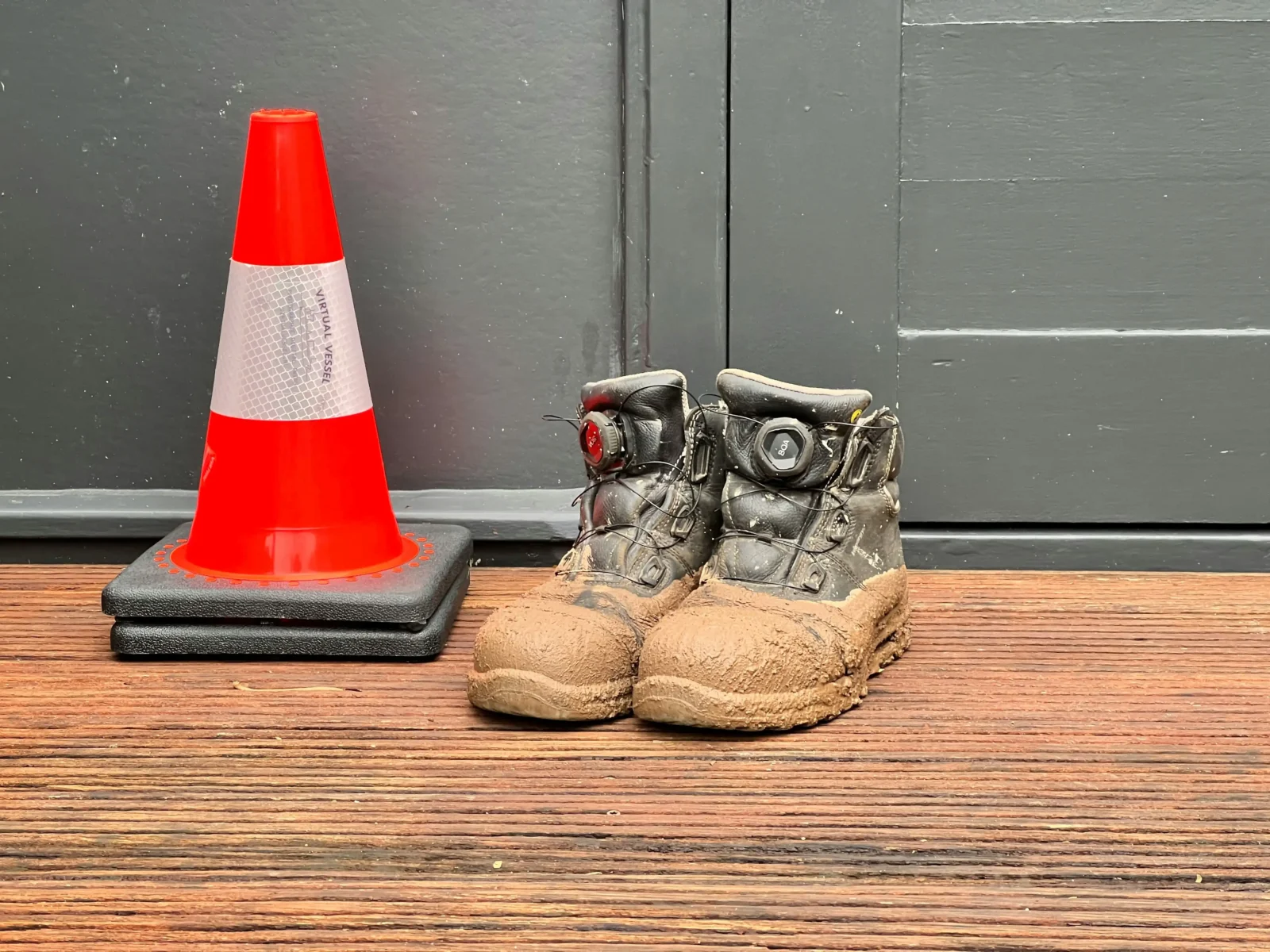- Home
- Articles
- Architectural Portfolio
- Architectral Presentation
- Inspirational Stories
- Architecture News
- Visualization
- BIM Industry
- Facade Design
- Parametric Design
- Career
- Landscape Architecture
- Construction
- Artificial Intelligence
- Sketching
- Design Softwares
- Diagrams
- Writing
- Architectural Tips
- Sustainability
- Courses
- Concept
- Technology
- History & Heritage
- Future of Architecture
- Guides & How-To
- Art & Culture
- Projects
- Interior Design
- Competitions
- Jobs
- Store
- Tools
- More
- Home
- Articles
- Architectural Portfolio
- Architectral Presentation
- Inspirational Stories
- Architecture News
- Visualization
- BIM Industry
- Facade Design
- Parametric Design
- Career
- Landscape Architecture
- Construction
- Artificial Intelligence
- Sketching
- Design Softwares
- Diagrams
- Writing
- Architectural Tips
- Sustainability
- Courses
- Concept
- Technology
- History & Heritage
- Future of Architecture
- Guides & How-To
- Art & Culture
- Projects
- Interior Design
- Competitions
- Jobs
- Store
- Tools
- More
Unveiling the Design Secrets of Ludwig Mies van der Rohe: Minimalist Mastery
Ludwig Mies van der Rohe stands as a central figure in modern architecture, known for his minimalist philosophy and iconic “less is more” approach. Through innovative use of steel, glass, and open space, his work established timeless design principles that still influence architects today.

When we think of modern architecture, Ludwig Mies van der Rohe’s name often stands out. Known for his minimalist yet impactful designs, Mies has left an indelible mark on the architectural world. But what are the secrets behind his iconic creations?
In this article, we’ll delve into the design principles that guided Mies’ work. From his famous “less is more” philosophy to his innovative use of materials, we’ll uncover the elements that make his designs timeless. Whether you’re an architecture enthusiast or simply curious about design, understanding Mies’ approach offers valuable insights into the art of creating enduring spaces.

Table of Contents
ToggleThe Minimalism of Ludwig Mies van der Rohe
Ludwig Mies van der Rohe’s dedication to minimalism shaped modern architecture. His designs showcase a careful balance between simplicity and functionality.
Essence of Less Is More
Mies van der Rohe championed the “less is more” approach. This principle involved stripping away unnecessary elements to achieve pure simplicity. He focused on clarity and open spaces, believing that this would enhance the functional and aesthetic quality of his designs. For instance, his use of glass and steel allowed for unobstructed views and natural light, exemplifying his minimalist ethos.
Influence of Minimalism in Modern Design
Mies’ minimalism influenced various modern designs seen today. Architects and designers adopt his principles to create spaces that are both elegant and practical. Buildings like the Farnsworth House show how minimalism can produce functional yet visually appealing structures. Modern design often incorporates his ideas, emphasizing clean lines, simple forms, and the harmony between the structure and its environment.

Architectural Philosophy and Conceptual Innovations
Ludwig Mies van der Rohe’s architectural philosophy and innovations revolutionized modern architecture, focusing on transparency, fluidity, and open spaces.

Focus on Transparency and Fluidity
Mies’ designs prioritize transparency and fluidity, transforming structures into seamless meshing of indoor and outdoor environments. His use of large glass panes in elements like the Farnsworth House allows natural light to flood interiors, creating a sense of openness. This practice not only enhances aesthetic appeal but also integrates the building with its surroundings, establishing a continuous visual experience.
The Significance of Open Spaces
The concept of open spaces, a hallmark of Mies’ designs, serves both practical and aesthetic purposes. By eliminating unnecessary walls and partitions, he champions a free-flowing spatial arrangement. This approach is evident in the Barcelona Pavilion, where open spaces create a versatile environment that adapts to various functions. His innovative layouts promote flexibility, ensuring spaces serve multiple purposes while maintaining an elegant simplicity.

Iconic Projects and Their Design Secrets
Exploring Ludwig Mies van der Rohe’s iconic projects reveals insightful design secrets that have influenced modern architecture.
Barcelona Pavilion: A Study in Harmony and Contrasts
The Barcelona Pavilion epitomizes harmony through its use of luxurious materials like marble and onyx. Mies arranged these materials to create a subtle yet powerful contrast, enhancing the building’s aesthetic appeal. Stainless steel frames and large glass walls contribute to the sense of openness and fluidity. The strategic placement of furniture, like the iconic Barcelona Chair, complements the minimalist design, blending functionality and elegance seamlessly.

Farnsworth House: Integration with Nature
Farnsworth House exemplifies Mies’ integration of architecture with nature. Raised on stilts to mitigate flood risks, the design incorporates floor-to-ceiling glass walls that offer uninterrupted views of the surrounding landscape. This transparency blurs the boundaries between indoors and outdoors, ensuring a continuous interaction with the natural environment. The strategic orientation maximizes natural light, reducing the need for artificial illumination and creating a serene, comfortable living space.

Materials and Techniques
Ludwig Mies van der Rohe’s designs harness specific materials and techniques to create minimalistic yet functional architectural masterpieces.
Revolutionizing Use of Steel and Glass
Mies showcased how steel and glass could revolutionize architecture. His buildings often feature exposed steel frames supporting expansive glass walls. In projects like the Seagram Building, these elements work together to emphasize transparency and simplicity. Mies’ approach aligns with his “less is more” philosophy, eliminating unnecessary elements to highlight the beauty of structure and form.
Innovative Construction Methods
We can see Mies’ innovative construction methods in the Barcelona Pavilion and the Farnsworth House. He employed precise engineering techniques to achieve seamless indoor and outdoor integration. For instance, he used cantilevered floors and flat roofs to create open, airy spaces. Mies also focused on prefabrication, speeding up construction while maintaining exacting standards. His methods allow for elegant simplicity, aligning with his vision of modern architecture.

Conclusion
Ludwig Mies van der Rohe’s architectural legacy stands as a testament to his brilliance and innovative spirit. His minimalist principles continue to influence contemporary designs and shape our understanding of space and form. By transforming ordinary materials like steel and glass into extraordinary structures, Mies demonstrated that elegance lies in simplicity.
Our exploration of Mies’ iconic projects, such as the Farnsworth House, the Barcelona Pavilion, and the Seagram Building reveals his mastery at integrating form and function. We see how he utilized steel frames and expansive glass walls to craft spaces that emphasize transparency and openness. Mies successfully created designs that blur the lines between indoor and outdoor environments, enhancing the living experience by bridging the gap between the natural and built worlds.
By employing techniques like cantilevered floors and prefabrication, Mies championed efficiency while maintaining aesthetic integrity. His vision for seamless, airy spaces with an emphasis on functionality continues to inspire architects today. Mies van der Rohe’s work underscores the idea that true beauty in architecture begins with the simplicity of form and the purity of materials.
- Architectural mastery Mies van der Rohe
- barcelona pavilion architecture
- Iconic buildings by Mies van der Rohe
- Ludwig Mies van der Rohe
- Mies van der Rohe architectural style
- Mies van der Rohe design principles
- Mies van der Rohe design techniques
- mies van der rohe philosophy
- mies van der rohe projects
- Minimalism in Architecture
- minimalist architecture
- minimalist building design
- Minimalist design secrets
- modern architecture history
- Modern architecture Mies van der Rohe
- modern architecture pioneers
A licensed architect with hands-on studio experience, I translate complex design ideas into clear, engaging stories for a global audience. As a seasoned content writer and editor, I craft articles, project features, and thought-leadership pieces that illuminate emerging technologies, sustainable practices, and cutting-edge design trends—always with an architect’s eye for detail, accuracy, and narrative flow. My goal is to bridge practice and publication, giving fellow professionals and curious readers alike the insight and inspiration they need to push architectural boundaries.
Submit your architectural projects
Follow these steps for submission your project. Submission FormLatest Posts
8 Essential Web-Based Mapping Tools for Modeling Sea Level Rise and Flood Impacts
As climate change accelerates, flood risk and sea level rise have become...
How Sydney’s Architecture Responds to Climate, Light, and Lifestyle
Sydney’s architecture has never been driven by form alone. It evolves through...
Shipping Containers as Functional Infrastructure on Construction Sites
Construction sites are temporary by definition, yet the systems that support them...
Understanding Site Safety Footwear in Architectural Practice
Architecture is often discussed through drawings, models, and finished buildings, yet a...












Leave a comment